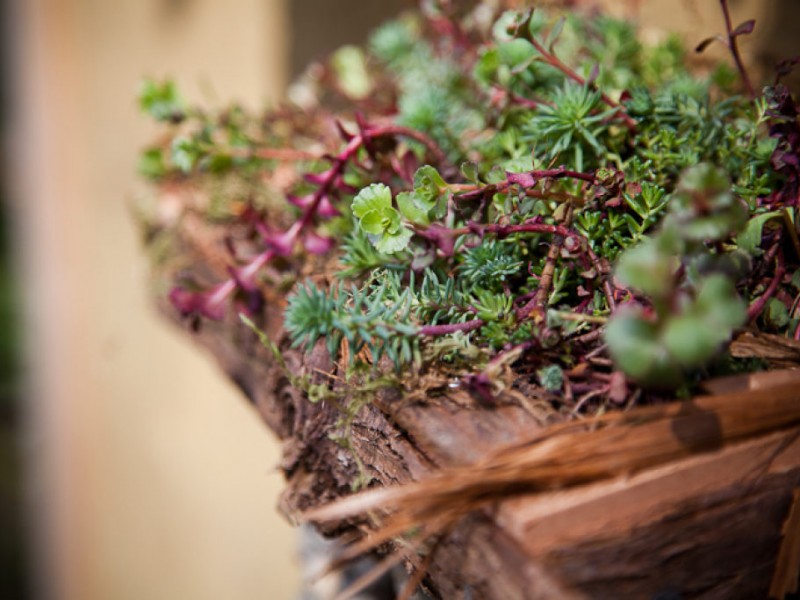

There are some herbs, (not lavender), that will tolerate partial shade. Plant sun loving herbs in the garden or in pots to receive direct sunlight to achieve maximum oil production for the best flavor and fragrance in the leaves and flowers. A southern exposure with a slight slope is an ideal location.
#Growing thyme in pacific northwest full#
Third, at least 6-8 hours of full sunlight for most herbs. To feed perennial herbs, add organic materials to the soil surface as a mulch.

You can broadcast dry, organic fertilizers by hand or with a spreader, till them in or leave them on the surface as a mulch. For more nitrogen, use blood meal as you plant. You can apply a spray of seaweed extract or a side dressing of kelp meal to provide adequate trace elements. If sufficient amounts of trace elements are lacking, the plant may show symptoms such as yellowing between the leaf veins, brown and wilted shoot tips, or stunted growth. A one to two inch application will feed most herbs well throughout the season. Add a fresh batch of compost or well-rotted manure to the garden at the start of the late spring or summer season, before you plant your annual herbs. Use a fertilizer that is low in nitrogen. If the herbs start yellowing and are sparse in growth later in the summer, they may need some fertilizer. The best time to fertilize herbs is in the spring, just as they are planted or when they start to put on new growth. In rich soils, herb plants may be larger and grow faster, but they will probably be weak in flavor, fragrance, and growth. Second, an average soil with some fertilizer added.Herbs usually require only a small amount of fertilizer and are sensitive to overfeeding. Ideally, you will want to make soil amendments around 6 months before you plant your herbs, especially if you are adding lime. If the soil pH is high, you can lower it by adding sphagnum peat or sulfur to adjust the pH. Adding lime or dolomite to make a less acid soil and to improve the structure of the soil. Heavy, dense clay soils are often too acidic. A dark colored cover, like black landscape cloth, will keep the soil warmer for the heat loving herbs and you will have less weeding to do.Ī neutral soil, pH range of 6.5 to 7.5, is best for most herbs. A light colored mulch like straw will keep the soil cooler. Some suggestions for organic mulches that will decompose and add fiber and nutrients to the soil are: chopped straw, leaves, hay or bark or wood shavings, grass clippings or peat moss. Organic mulches can harbor snails and slugs and promote rot when it is too wet, so keep mulch away from the base and stems of the herbs. A winter mulch for new or tender plants may protect them in the winter months. Use a 3 to 5 inch layer of mulch to keep the weeds down. If you are planting in the fall, apply mulch right after planting. Don’t mulch around new plants until they are taller, otherwise the mulch might smother them. If you are planting in the spring, wait until the soil warm up and the rains decrease before mulching. You will save time watering and weeding, if you mulch. In the garden, mulching the soil surface after planting your herbs will maintain an even soil temperature and moisture content, it also discourages weed growth. Consider planting your herbs in raised beds or mounds, or in large pots for better drainage. If you do not have well-drained soil you will need to amend it by mixing one part sand and one part peat moss into your tilled garden soil. Water them as necessary, a little more during the first season, then sparingly, when they are mature plants. Generally, once most herbs are established, they prefer a rather dry soil. Most herbs will not tolerate soggy roots, so do not plant them in poorly drained areas or in heavy clay soil. What are the best conditions for growing herbs successfully?įirst, soil that drains well. (Scroll down further for Lavender Questions) Part of her owl collection does reside inside the gift shop. Chris has a collection of owl pictures and art she has received from her family and friends. The gift shop is a barn-like structure and there is an owl weather vane on top of the shop. Why did you name your business Barn Owl Nursery?īarn Owl Nursery got its name because we like owls! To follow an owl theme, we chose the name and a drawing of a pair of barn owls for the nursery logo. We sell smaller quantities and take larger order for nearly 100 varieties of lavender and culinary herb plants that are grown in Oregon. We operate a seasonal, retail herb nursery and specialize in lavender plants. What kind of business or nursery is Barn Owl Nursery?


 0 kommentar(er)
0 kommentar(er)
